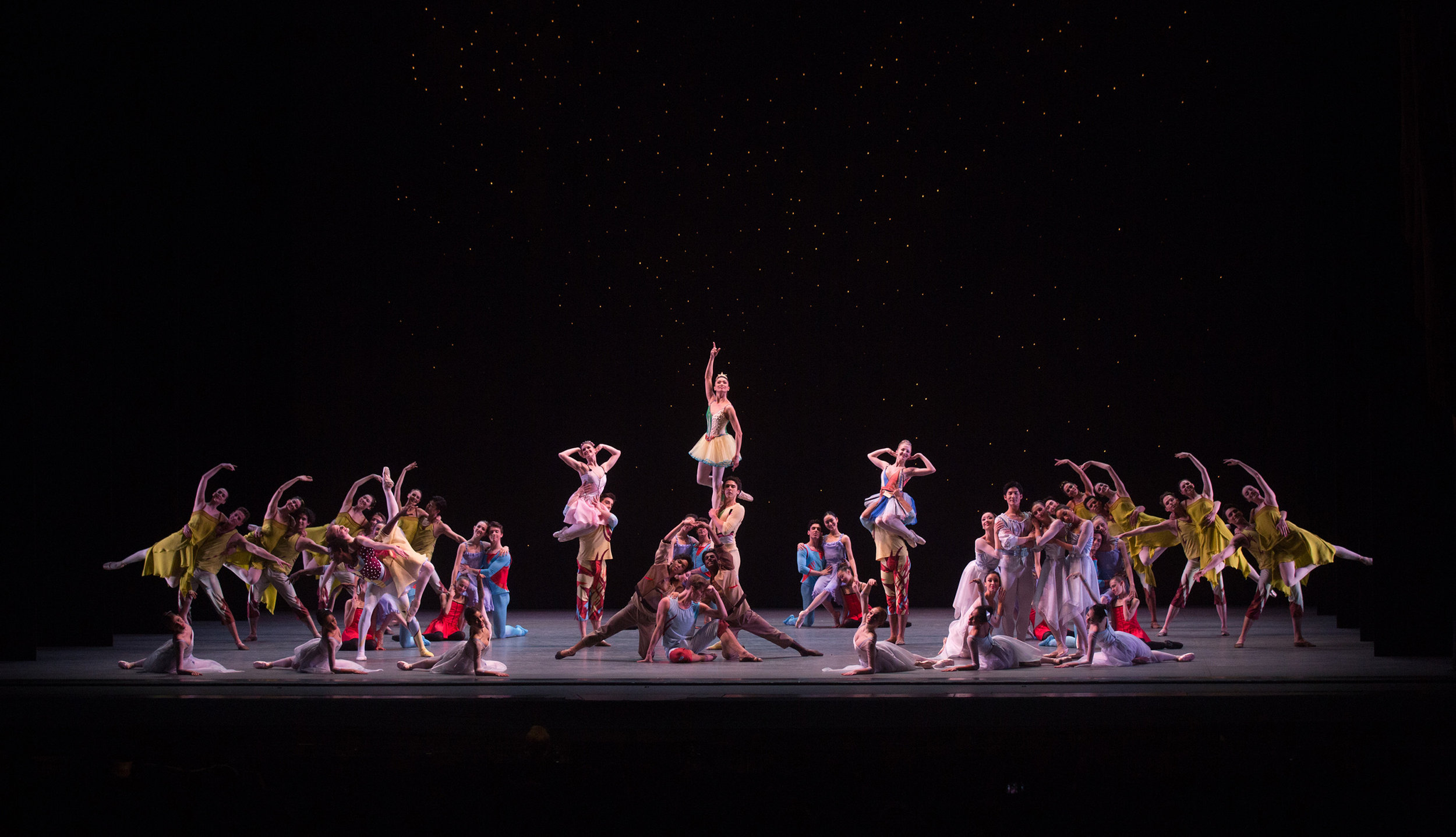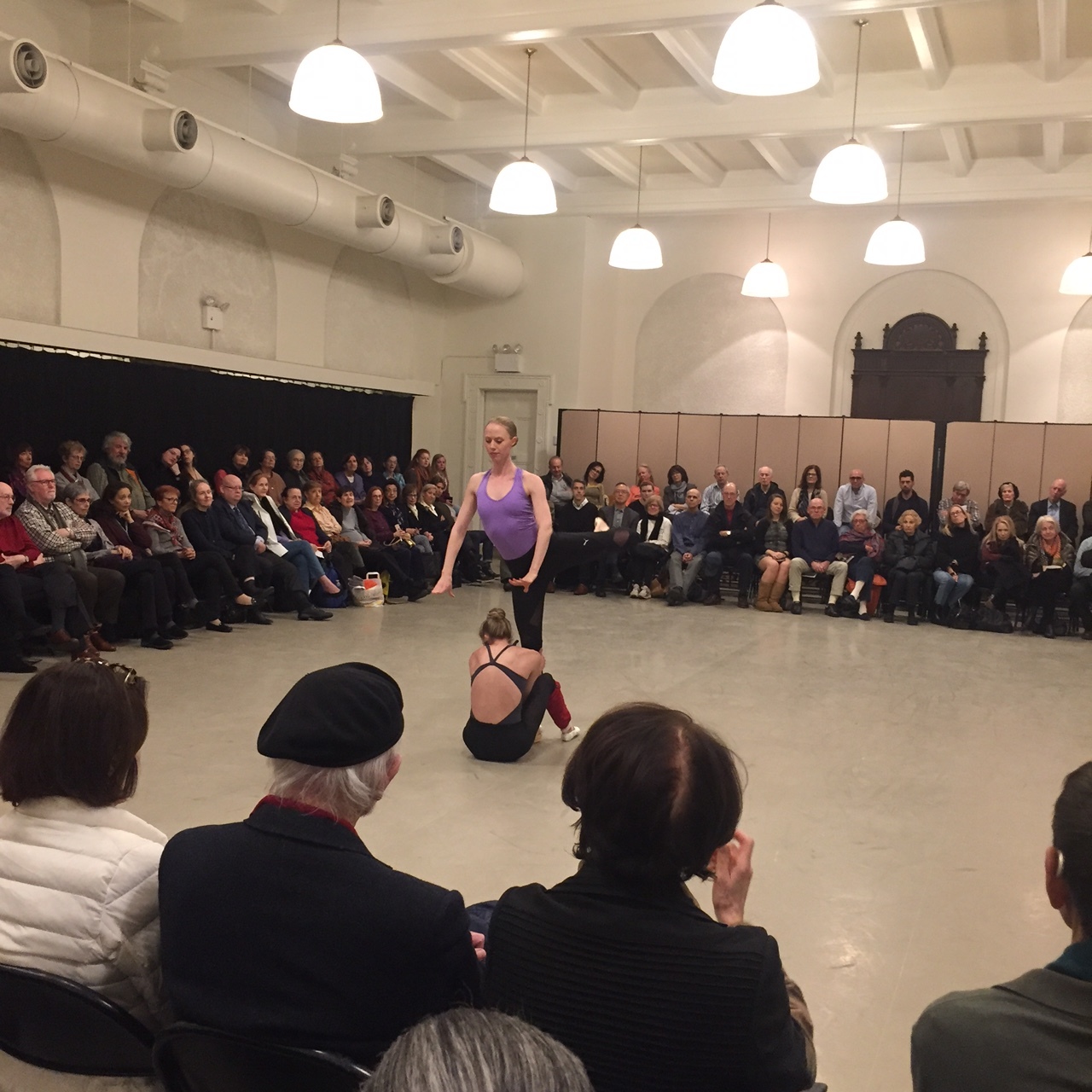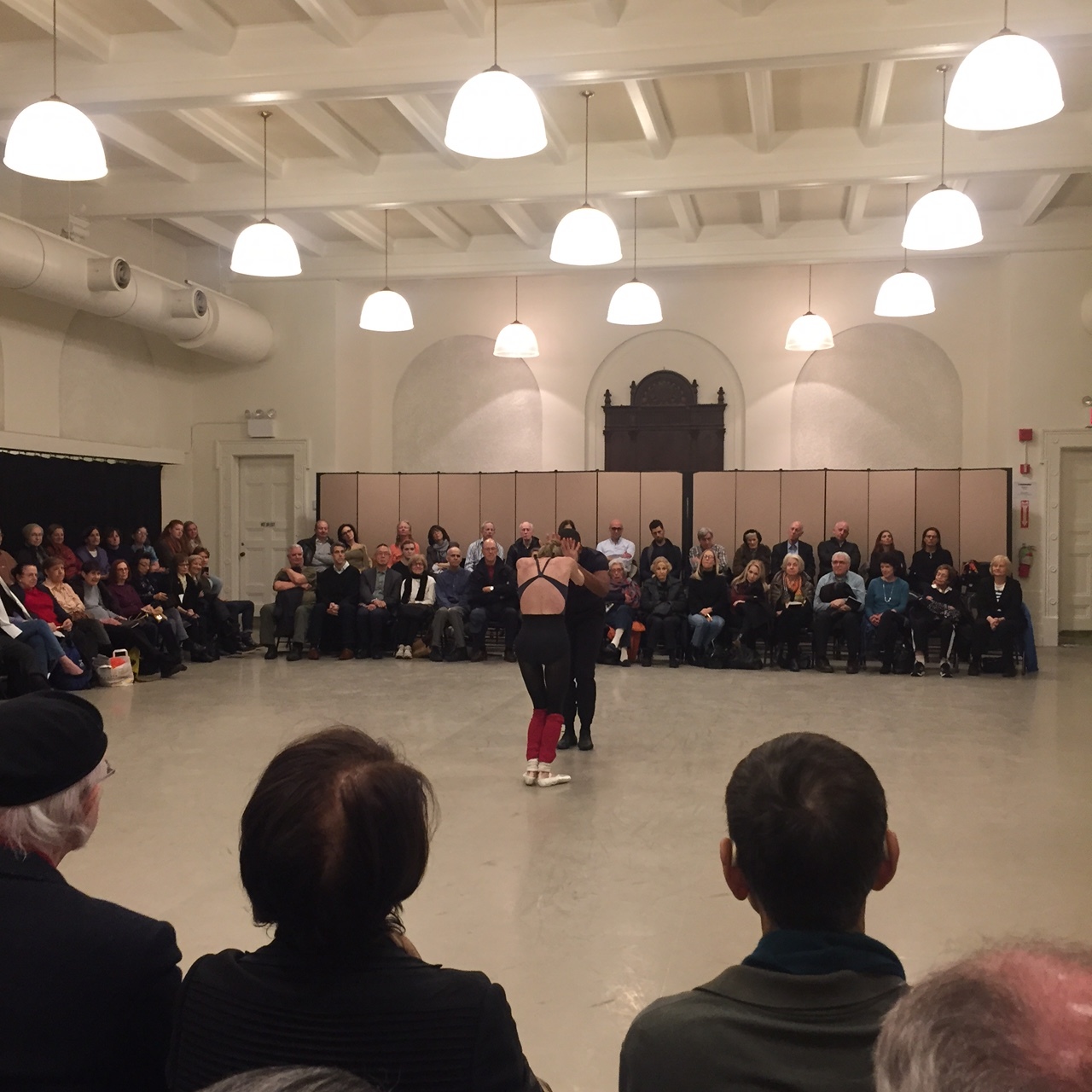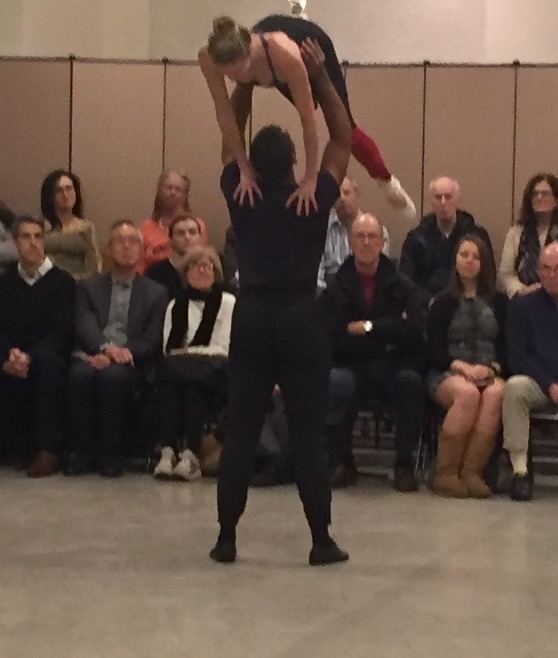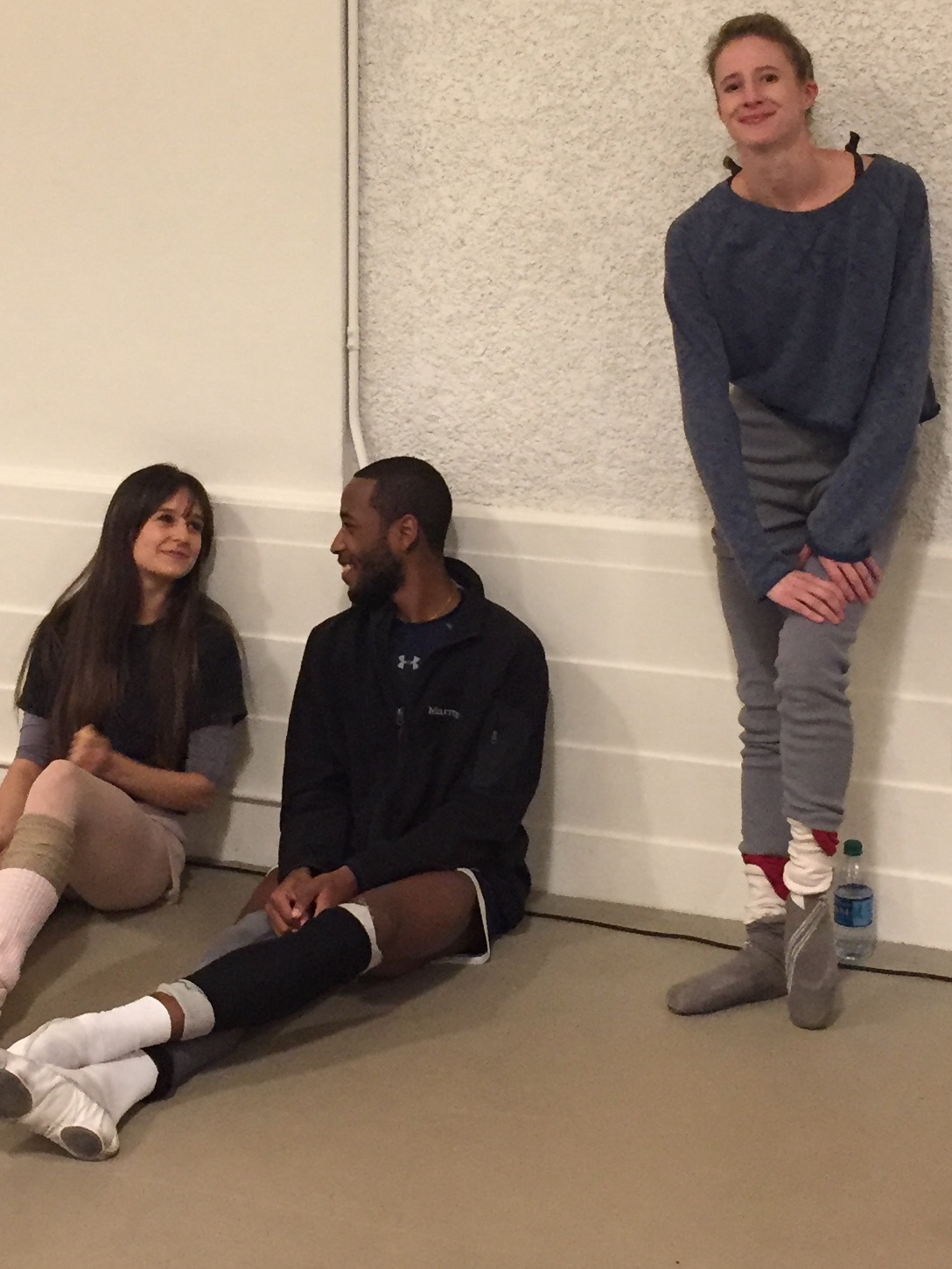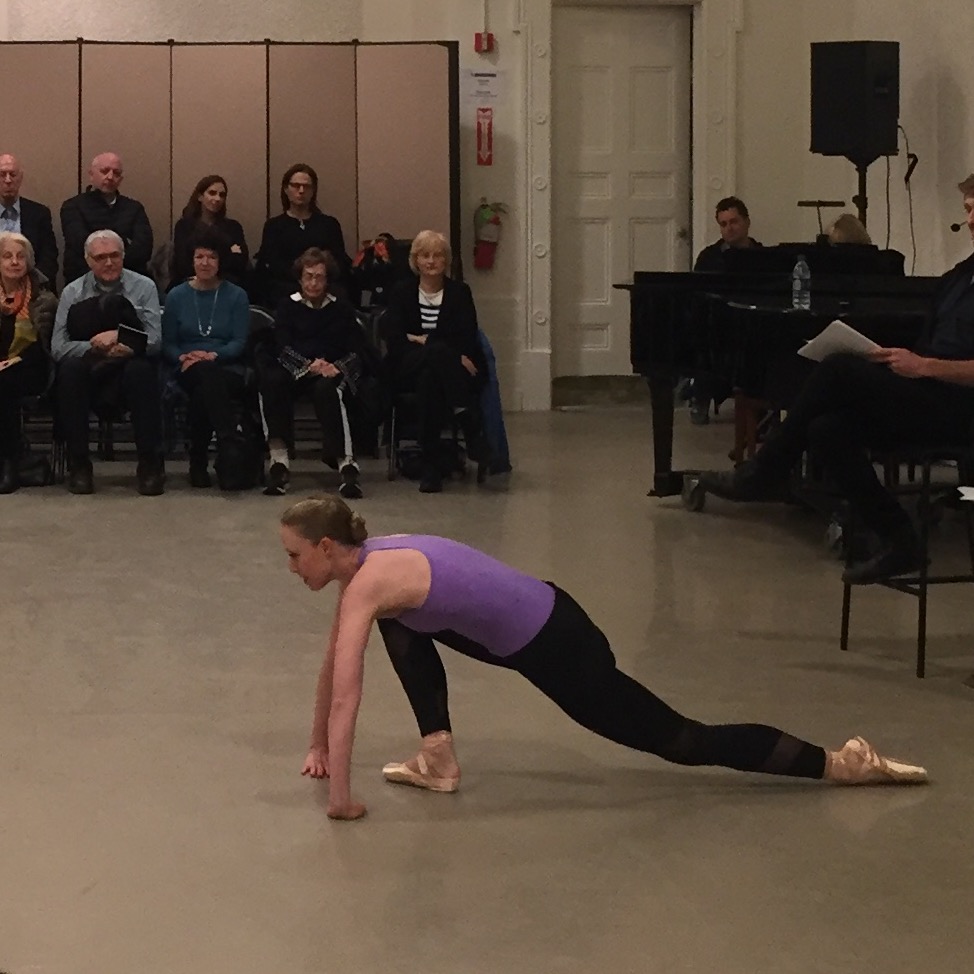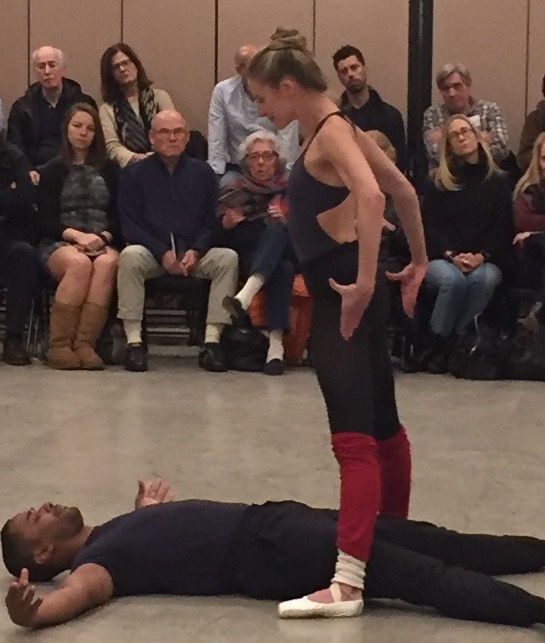In between their sumptuous productions of Whipped Cream and Swan Lake, ABT programmed a trio of of Alexei Ratmansky works that felt oddly like a night at their next door neighbors at NYCB.
Ratmansky is probably the most complete choreographer working today. What do I mean by that? As heir to the full panapoly of Russian traditions, and as keeper and burnisher of that flame, many of his ballets—even the more contemporary ones-- still have a Russian feeling and elements that remind of Nijinsky’s Faun or Russian folk traditions. Yet he has learned from Robbins and Balanchine as much as anyone.
Songs of Bukovina from 2017 appears at first to draw on Jerome Robbins’ Dances at a Gathering more than anything else. But then you notice the flat-footed chorus with its flexed feet or the folkloric jumps and poses and the hybrid nature of his work comes to the fore. Isabella Boylston, a Sun Valley, Idaho native manages to imbue the piece with a Russian-inflected insouciance that is lovely and carefree.
On the Dnieper falls more directly in the tradition of ABT story ballet, it received its world premiere in 1932 at the Paris Opera ballet and is 100% in the Russia camp. A story of a tragic Ukrainian love triangle, the period costumes and full-on acting by the cast has an almost kitsch quality that as someone who was emphatically reared on Balanchine finds studied. Still Christine Shevchenko—who is Ukranian-- is such a divine dancer that all else falls away when she takes the stage especially after she becomes the tortured bride.
The Seasons, Ratmansky’s newest work for the company which premiered this week is another of his deep dives into Petipa and as such feels entirely period with added hallmarks of early Balanchine who also drew from this well. It is a joyously danced work which Ratmansky created as a thank you to ABT. (see above video) With moments of choreographic fun and frolic, its four part structure lends itself to lots of chorus, holding poses, and gaiety. I saw the second cast led by Summer’s Stella Abrera (Isabella Boylston danced the first night) Herman Cornejo was alas injured and so Blaine Hoven who had danced in Bukovina was pressed into service and Calvin Royal took Hoven’s spot in the Autumn section.
The house was not full and I imagine that ABT stalwarts find an evening like this one which does not deliver the full on Sleeping Beauty experience a little more challenging. I remember Ratmansky telling me a couple of years ago at the Rolex Arts and Culture weekend, that he’d had no real mentors in Russia, that, “everything my teacher taught me was nonsense.” Yet, as these three ballets show, he is heir to some of their tradition nonetheless.
Scene from The Seasons. Photo: Rosalie O’Connor.
